#or is it washu kichimura
Text
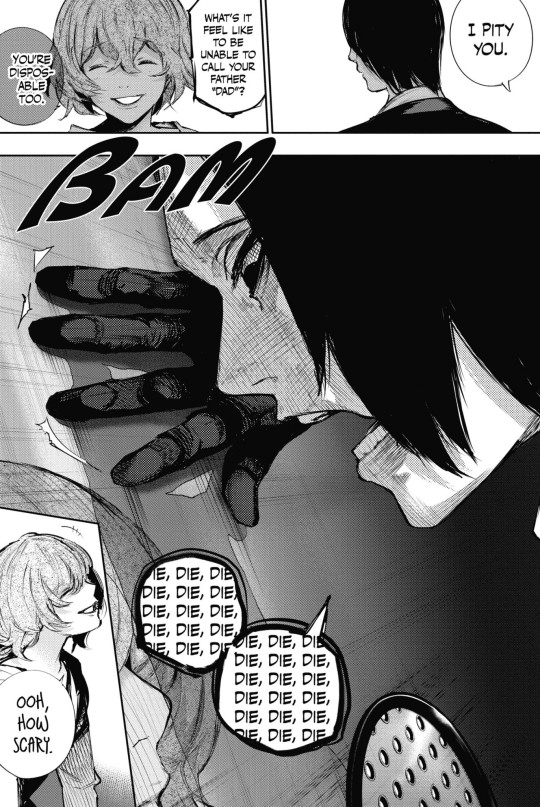


#Tokyo Ghoul: re#Tokyo Ghoul#Tokyo Ghoul re#Sui Ishida#manga#Version 2#Nimura Furuta#Eto Yoshimura#Rize Kamishiro#V#Kichimura Washu#Haise Sasaki#Ken Kaneki
100 notes
·
View notes
Text





Someday, it will all be meaningless. As a child, I used to think... living, dying, creating, consuming... none of it has value. No meaning. It’s all worthless. You, your wife, your child, your friends, even your enemies. Everyone dies. Someday nothing will exist.
#my edit#tg:re#tokyo ghoul:re#Tokyo ghoul#tokyo ghoul edit#manga edit#anime edit#manga quotes#TG#furuta washuu#furuta nimura#kichimura washuu#Furuta washu#nimura furuta
186 notes
·
View notes
Photo


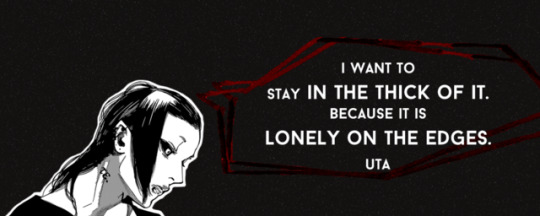

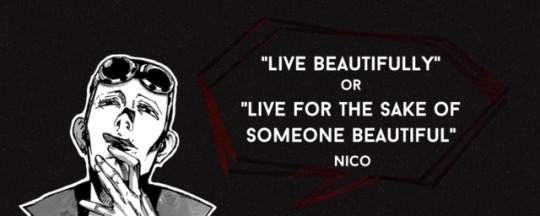

The Clowns
A Shout-out of #BRINGBACKITORI2017
#me#or is it washu kichimura#hmm is there any hope ishida's bringing the manager back?#the clowns#hoito roma#donato porpora#uta#furuta nimura#souta#washuu kichimura#lol#nico#phew another out of season edit#tgedit#tg#tokyo ghoul#tokyo ghoul re#tgre#mine
503 notes
·
View notes
Text
Oh my Furuta is such a sub...tell me I’m wrong,
3 notes
·
View notes
Photo

One of my absolute favourite character!!
2 notes
·
View notes
Text
About “Vaske”
Guys I think the translated full name of the V organization, is actually supposed to be “Vasuki”.
(@kenkamishiro if you would be so kind as to provide us with the romaji, maybe it could help? :3)
Copy-pasting an old explanation from ch144 about why Furuta chose the name “Dragon”:


In Chapter 131, ‘Naagaraji’ ナァガラジ could be a reference to the Hindu mythology Nāgarāja “King of the nāga” (nāga meaning snakes) and also known in Japanese and Chinese mythology as one of the 8 great dragon kings. Among the Nāgarāja there is Vasuki, a snakegod in Indian mythology who was converted into a dragon king in Buddhism, then renamed “Washu-kichi”
[…]
和修吉(washukitsu) is just the assigned kanji for how Vasuki is pronounced in Japanese. Washuu only uses the first two kanji as a family name, and then whoever the successors are adds the last kanji from Vasuki to their given name. (ex: Furuta Nimura -> Washuu Kichimura)
‘Dragon’ 竜 is a Japanese shinjitai simplified from 龍 which figuratively means “sovereignty”, “king”, “chief”, and “hero”. The kanji 龍 is also used in the word 龍王 ”Nāgaraja; snake king; dragon king", a notable example of dragon and snake legends from Buddhist and Hindu mythology.
As Ishida introduced ‘Dragon’ 竜 in Chapter 128, he later on then introduced The ‘Naagaraji’ ナァガラジ in Chapter 131, both correlated with each other and with the word “king”.
[x] [x]
Remember, V was first created to fight against the second OEG of the timeline, before Eto:

So I really think “V” is actually meant to be “Vasuki”.
418 notes
·
View notes
Photo

東京喰種:re の和修吉福 "Shy" Kichimura Washu from Tokyo Ghoul:re
24 notes
·
View notes
Text

#Tokyo Ghoul: re#Tokyo Ghoul#Tokyo Ghoul re#Sui Ishida#manga#mangacap#Nimuta Furuta#Kichimura Washu#one of the many face of Furuta
3 notes
·
View notes
Text
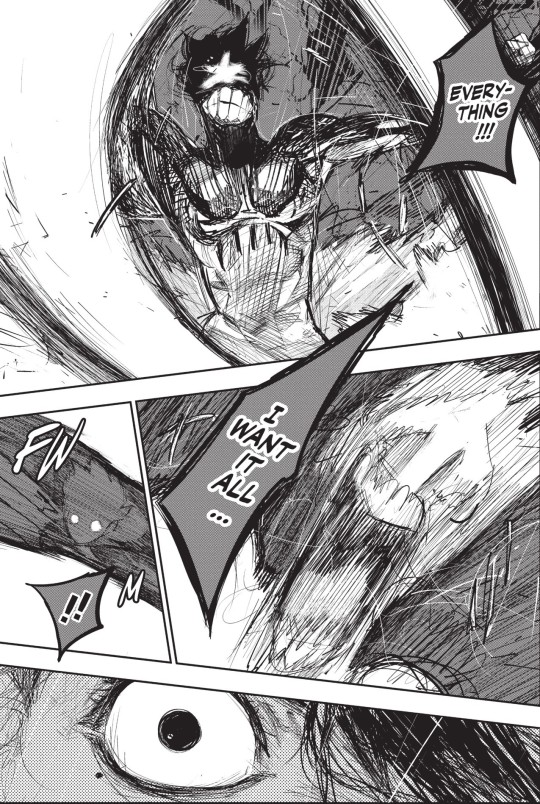


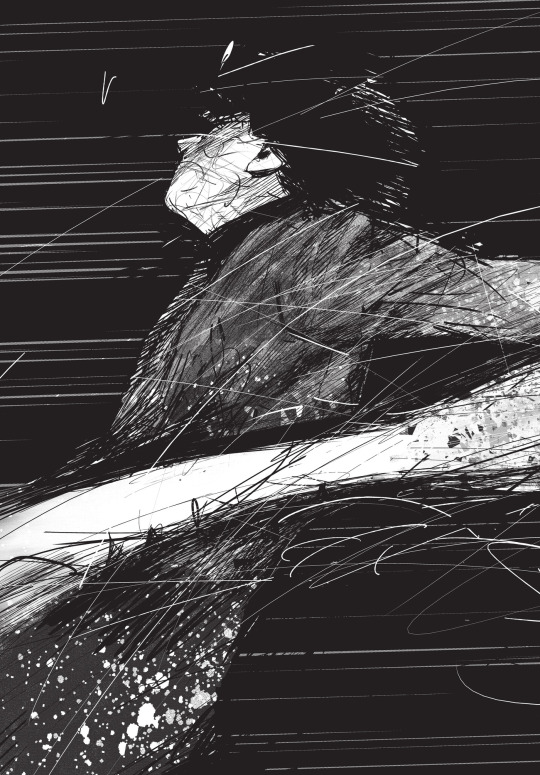
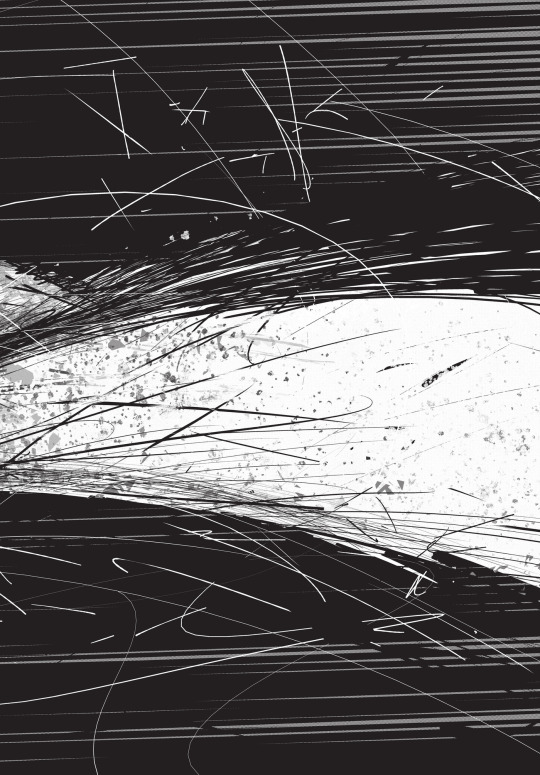
#Tokyo Ghoul#Tokyo Ghoul: re#Tokyo Ghoul re#Sui Ishida#manga#art#Furuta#Nimura Furuta#Kichimura Washu
25 notes
·
View notes
Text
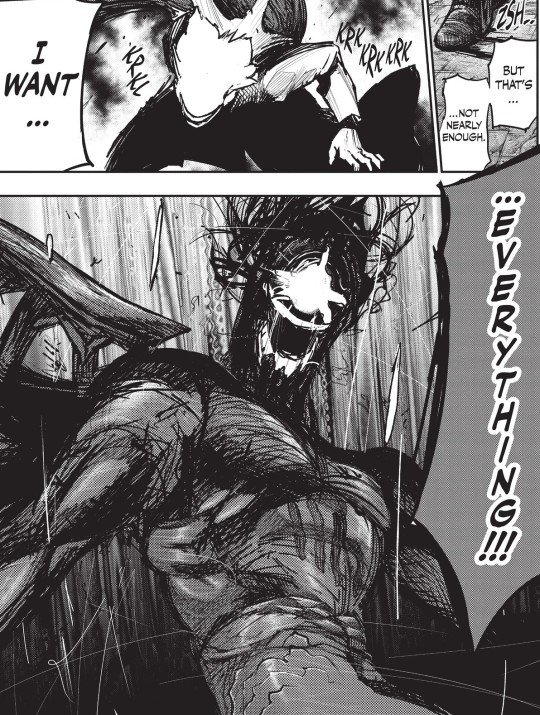
#Tokyo Ghoul#Tokyo Ghoul: re#Tokyo Ghoul re#Sui Ishida#art#manga#mangacap#Nimura Furuta#Kichimura Washu
21 notes
·
View notes
Photo
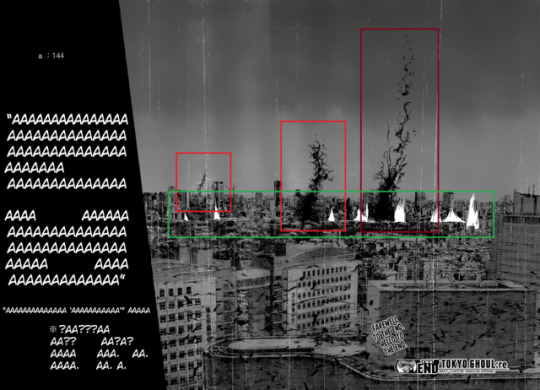
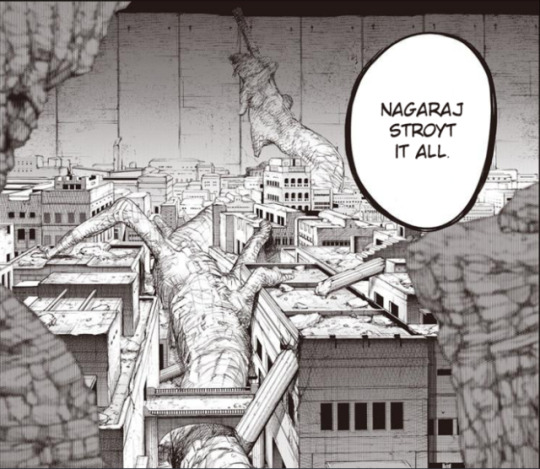
That explains maybe why Furuta was so adamant about calling him “Dragon”. From the explanation here and here:
In Chapter 131, ‘Naagaraji’ ナァガラジ could be a reference to the Hindu mythology Nāgarāja “King of the nāga” (nāga meaning snakes) and also known in Japanese and Chinese mythology as one of the 8 great dragon kings. Among the Nāgarāja there is Vasuki, a snakegod in Indian mythology who was converted into a dragon king in Buddhism, then renamed “Washu-kichi”
[...]
和修吉(washukitsu) is just the assigned kanji for how Vasuki is pronounced in Japanese. Washuu only uses the first two kanji as a family name, and then whoever the successors are adds the last kanji from Vasuki to their given name. (ex: Furuta Nimura -> Washuu Kichimura)
‘Dragon’ 竜 is a Japanese shinjitai simplified from 龍 which figuratively means “sovereignty”, “king”, “chief”, and “hero”. The kanji 龍 is also used in the word 龍王 ”Nāgaraja; snake king; dragon king", a notable example of dragon and snake legends from Buddhist and Hindu mythology.
As Ishida introduced ‘Dragon’ 竜 in Chapter 128, he later on then introduced The ‘Naagaraji’ ナァガラジ in Chapter 131, both correlated with each other and with the word “king”.
452 notes
·
View notes